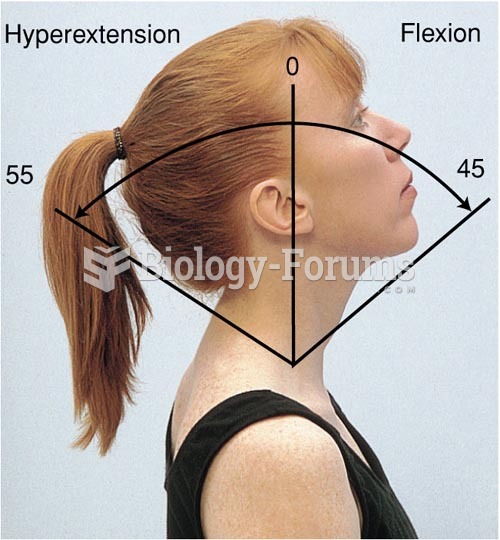Answer to Question 1
A
This nurse has to choose between maintaining the confidentiality (one aspect of autonomy) of the patient's health information versus the harm that will come to the patient if confidentiality is maintained (i.e., nonmaleficence). This nurse has to choose between maintaining the confidentiality of the patient's health information (an aspect of autonomy); however, veracity is the duty to tell the truth and is not a component of this scenario. Fidelity relates to fulfilling one's obligations and maintaining one's commitments; justice is the obligation to be fair. Neither fidelity nor justice is well described by this scenario. Again, veracity is the duty to tell the truth, and does not apply here; beneficence is the concept of doing good, which is not in conflict in this scenario because the nurse has done everything possible to help this patient make an informed choice.
Answer to Question 2
A, B, C, D
Electronic health records allow for secure communication of patient information among various healthcare providers, which can reduce costly redundant tests and duplication in care. Physician order entry improves patient safety because it prevents missed orders or misunderstood telephone orders. Decision support tools help to maintain patient safety by reducing errors in calculating medication dosages. Eliminating poor handwriting with typed text reduces errors caused by misinterpreting the written word. Although an EHR does improve accessibility, this is convenient for those using the medical record and not a feature that improves patient safety.







